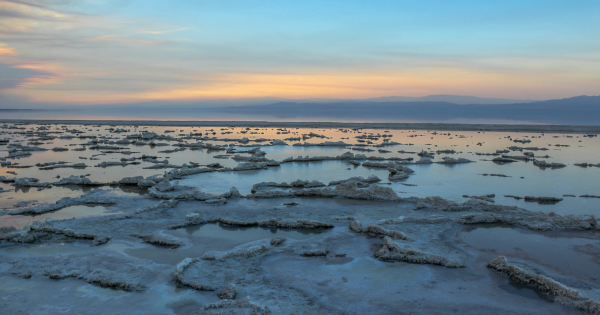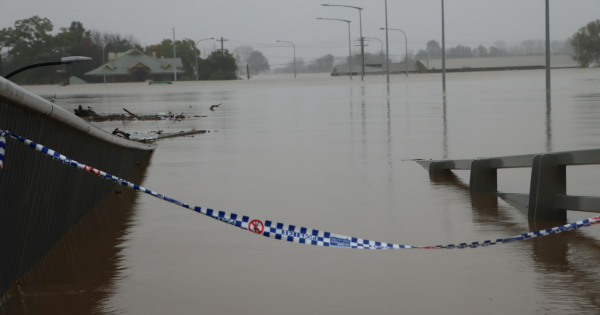Rip Current Statement
A Rip Current Statement is a weather advisory issued to inform the public about the presence of dangerous rip currents along coastal areas. These currents can pose significant risks to swimmers and beachgoers.
See the current LIVE alerts.

Understanding Rip Current Statements
A Rip Current Statement is issued by the National Weather Service (NWS) to alert the public about the existence of hazardous rip currents along beaches. Rip currents are powerful, narrow channels of fast-moving water that can pull swimmers away from the shore, leading to potentially life-threatening situations.
When is a Rip Current Statement Issued?
This type of alert is typically issued when weather conditions, such as strong winds or large waves, are expected to or are currently generating rip currents. Rip currents can occur at any beach with breaking waves, but certain weather patterns can increase their frequency and intensity.
How to Stay Safe During a Rip Current Statement
1. **Check Local Reports**: Before heading to the beach, always check local weather forecasts and alerts for any rip current advisories.
2. **Swim Near Lifeguards**: Always swim in designated areas supervised by lifeguards. They are trained to spot rip currents and can provide immediate assistance.
3. **Learn to Spot Rip Currents**: Look for differences in water color, lines of foam, seaweed, or debris moving out to sea, and areas of choppy, disturbed water.
4. **Know How to Escape**: If caught in a rip current, remain calm. Swim parallel to the shore until you are out of the current, then swim back to land. Never try to swim directly against the current.
Preparation Tips
1. **Educate Yourself and Others**: Understand the dangers of rip currents and educate family and friends about safety measures.
2. **Have a Safety Plan**: Always have a plan in case someone is caught in a rip current. Ensure everyone knows how to react and whom to alert.
3. **Use Beach Equipment Wisely**: If you're using flotation devices, ensure they are secured and avoid using them in areas where rip currents are present, as they can give a false sense of security.
Conclusion
A Rip Current Statement serves as an important reminder of the potential dangers present in coastal waters. By staying informed and prepared, you can enjoy the beach while minimizing risks associated with rip currents.






